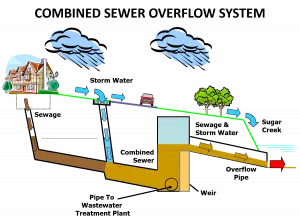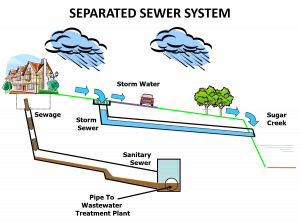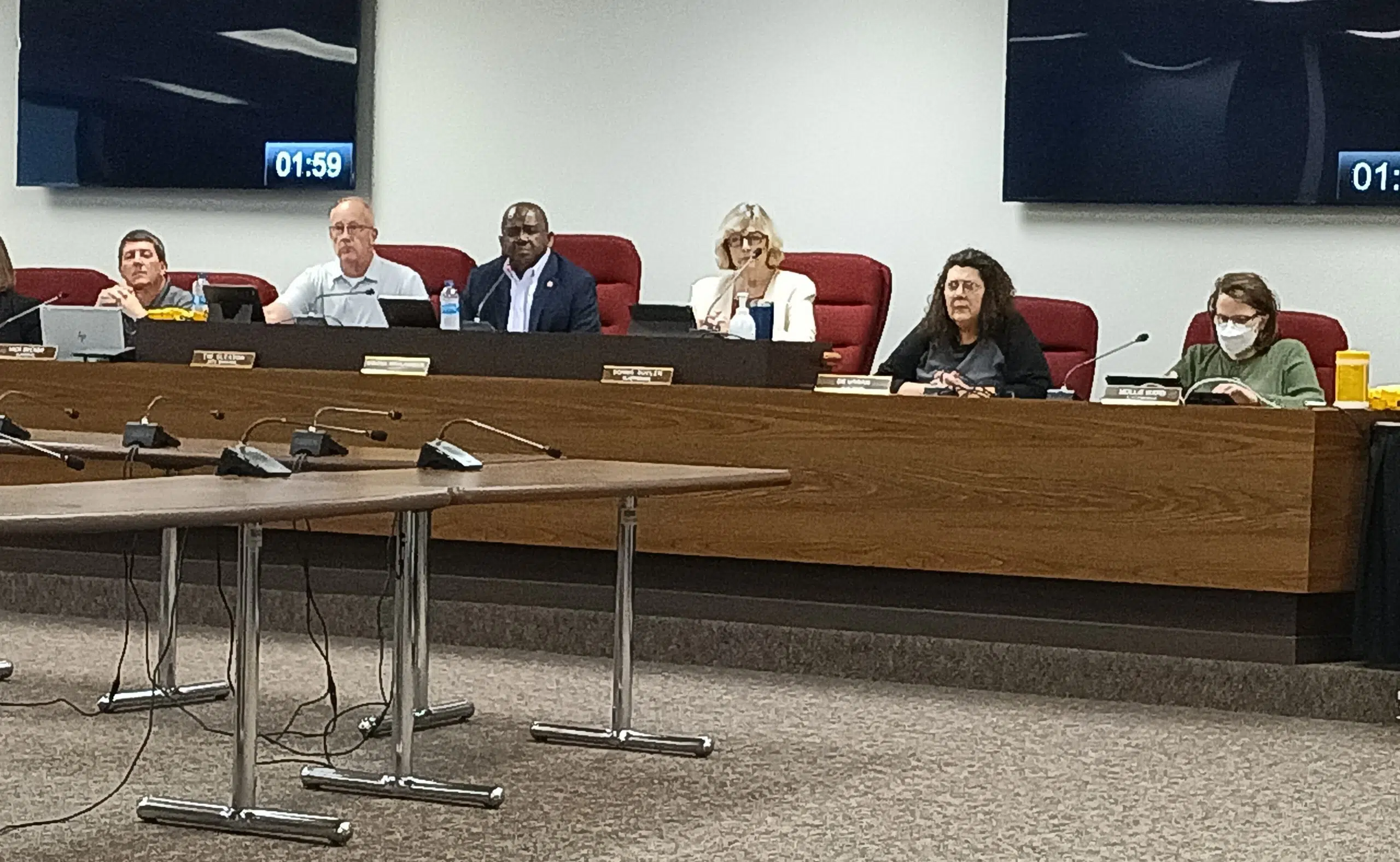The Bloomington City Council passed a resolution on Monday night to spend $9 million on infrastructure out of a total of $13.4 million of American Rescue Plan Act (ARPA) funds. $2.5 million was committed to socioeconomic projects and another $2.5 million to community development.
Cities 92.9 spoke with councilmember Donna Boelyn after the meeting and she said, “I think that it was a fair distribution between infrastructure and ratio of economic development and socio economic programs. And I would like to see all of that money allocated for infrastructure to continue to accelerate (work on) the combined sewers.”

Photo courtesy to city of Bloomington
According to City Manager Tim Gleason $5 million has already been committed to infrastructure.
Two million dollars will be spent on roadways this year. $2 million has been spent to combine two phases of the Locust Colton Combined Sewer Project and $1 million for the East Street Hydrology study. Council is also discussing spending another 2 million on roadways in fiscal year (FY) 2023-24. That would leave another $2 million to be spent on other infrastructure.
The Locust Colton project involves construction of new sanitary sewers. The existing combined sewer will be converted into a storm sewer. New water mains will also be installed to complete the utility corridor. The sewer portion of the project is broken into nine phases. It is projected to cost nearly $22 million and take 10 years to construct with completion scheduled in 2029.
The $2 million of ARPA funds committed to the Locust Colton project will design phase 5 and construct phases 4 and 5.
When storm water run-off combined with sewage flow overflows it is called a Combined Sewer Overflow (CSO). The result is raw sewage being dumped into local bodies of water. The main goal of Lewis Colton is to eliminate these overflows.
Each phase of the project continues the work of installing new sewer lines to separate the sanitary flow from the storm flow so that all sanitary flow is treated at the Bloomington Normal Water Reclamation District (BNWRD) Waste Water Treatment Plant (WWTP) prior to being discharged to Sugar Creek.

Photo courtesy to city of Bloomington





